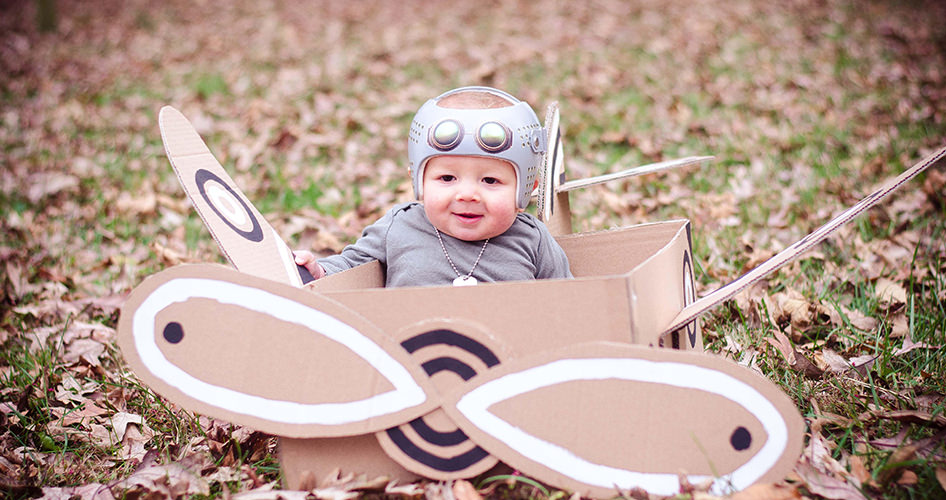Conservative therapy can correct positional plagiocephaly
Researchers investigating the effectiveness of treatments for positional plagiocephaly found that conservative treatment and helmet therapy are effective for positional cranial deformation.
They recommend that treatment can be guided by patient-specific risk factors, and that delaying helmet therapy for a trial of conservative treatment, defined by the authors as repositioning therapy with or without physical therapy, does not preclude complete correction in most infants.

The O&P Edge March 11, 2015
For the study, 4,378 infants who were treated by a single pediatric craniofacial surgeon from 2004 to 2011 were evaluated for deformational plagiocephaly and/or deformational brachycephaly. Of those infants, 383 were assigned to repositioning therapy; 2,998 were assigned to repositioning therapy plus physical therapy; and 997 were assigned to helmet therapy.
The patients were followed for 18 months or until complete correction (defined as a diagonal difference of <5mm and/or a cranial ratio <0.85). Parents were trained in techniques such as stretching the infant’s neck muscles, and were counseled on the importance of the child spending more than 50 percent of waking hours on his or her stomach and limiting the use of walking devices. The infants assigned to helmet therapy wore specially made helmets for 23 hours per day.
Complete correction was achieved in 77.1 percent of conservative treatment patients; 15.8 percent (534) required transition to helmet therapy, and 7.1 percent had incomplete correction. Risk factors for failure included poor compliance, advanced age, prolonged torticollis, developmental delay, severity of the initial cranial ratio, and diagonal difference.
Complete correction was achieved in 94.4 percent of patients treated with helmet therapy as first-line therapy and in 96.1 percent of infants who received helmets after failed conservative therapy. Risk factors for helmet failure included poor compliance and advanced age. Ultimately, 92.8 percent of all infants achieved complete correction.
“For patients with minimal risk factors (e.g., age younger than six months, cranial ratio <0.95, diagonal difference <10mm, absence of neuromuscular developmental delay, or persistent torticollis), we strongly favor an initial trial of conservative therapy because of the high potential for success with these techniques alone,” the authors wrote in the study, published in the March issue of Plastic & Reconstructive Surgery. The authors suggested additional research is necessary to clarify the critical age after which brain growth slows and helmet therapy can no longer achieve complete correction.
Source The O&P Edge
| References |
Effectiveness of conservative therapy and helmet therapy for positional cranial deformation, Steinberg JP, Rawlani R, Humphries LS, Rawlani V, Vicari FA. Plast Reconstr Surg. 2015 Mar;135(3):833-42. doi: 10.1097/PRS.0000000000000955.
Comment: Effectiveness of Conservative Therapy and Helmet Therapy for Positional Cranial Deformation, Lutterodt CG, Sadri A, Eccles S. Plast Reconstr Surg. 2015 Dec;136(6):852e-3e. doi: 10.1097/PRS.0000000000001758
Reply: Effectiveness of Conservative Therapy and Helmet Therapy for Positional Cranial Deformation, Steinberg JP, Vicari FA, Plast Reconstr Surg. 2015 Dec;136(6):853e-4e. doi: 10.1097/PRS.0000000000001756.
